Exploring Coimbra and its Ancient Treasures: Things to Do & Travel Guide
Last updated on April 29, 2025
The Portuguese city of Coimbra actually first came on my radar when I saw a job there for English speakers. Since it had a decent amount to see and do, particularly drawn in by its library, I decided to visit on my first trip to Portugal. It was definitely a highlight of my trip and I can’t recommend a visit to Coimbra enough because of all of the stunning history it has!

A Brief History of Coimbra
Coimbra first came to be during the Roman period when Aeminium was established. It was actually a less important city than the nearby Conimbriga (which you can visit the ruins of today), but it lived for several centuries. After the fall of the Roman empire, the main city of Conimbriga was sacked, and the inhabitants fled to Aeminium which was up on higher ground. The political and religious instability of the Iberian Peninsula affected Coimbra just as well, but it persevered. It served as Portugal’s capital from the early 12th century until 1255, complete with a Royal Palace for Portuguese royalty.
The University of Coimbra was actually established as “Estudos Gerais” in 1290 in Lisbon but relocated permanently to Coimbra in 1537. It was and continues to be the heartbeat of Coimbra and one of the most important universities in all of Portugal.
Things to See & Do in Coimbra
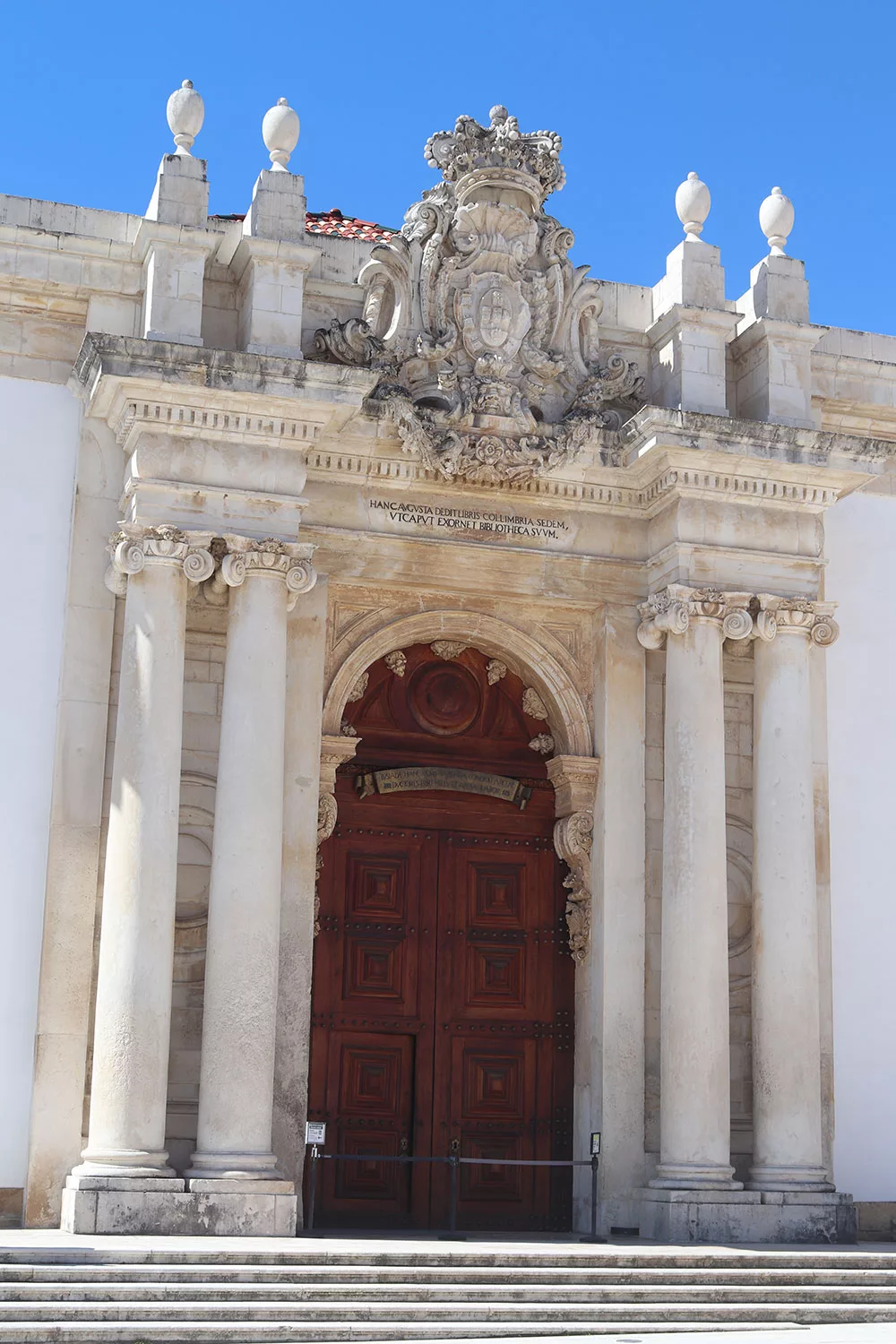
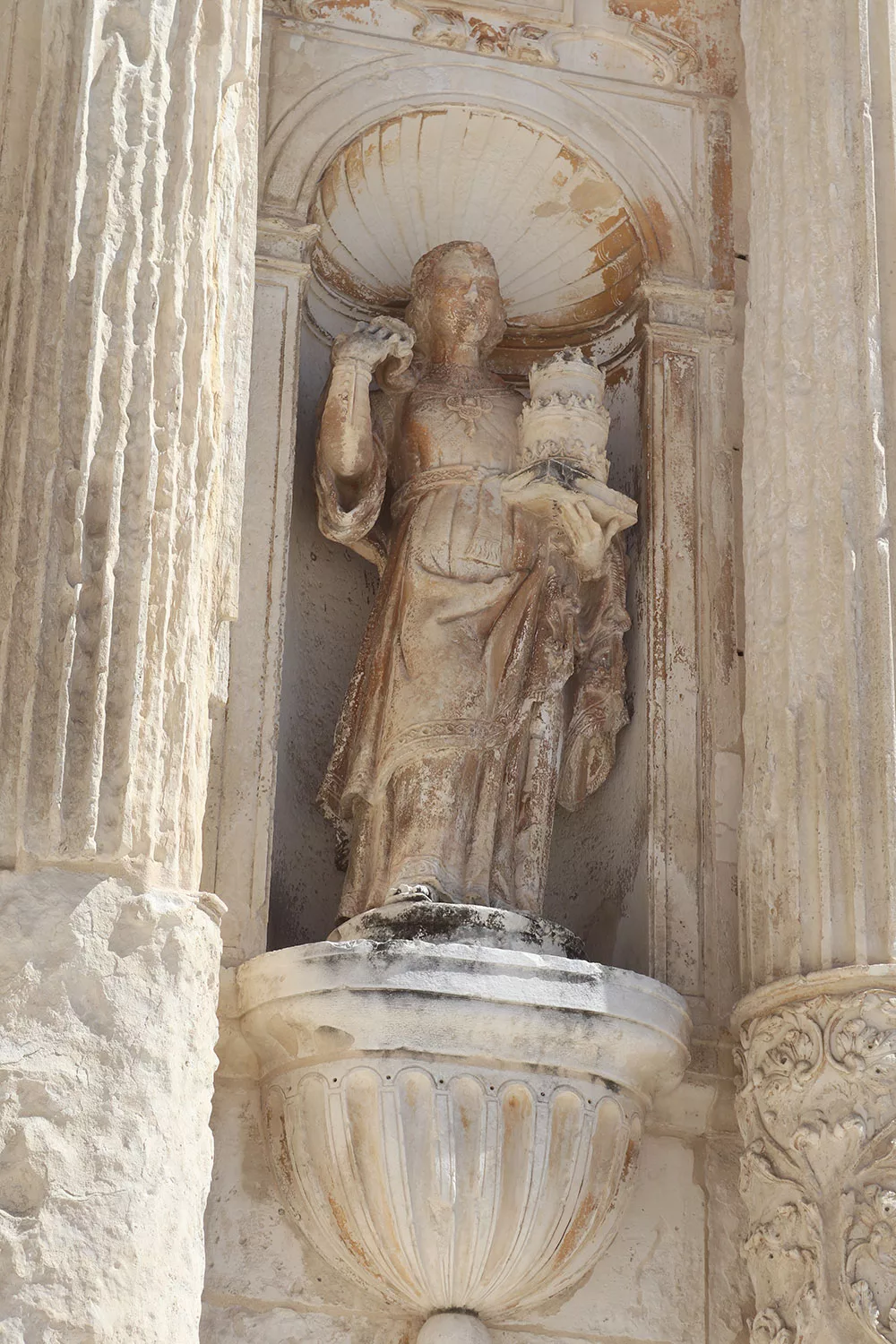
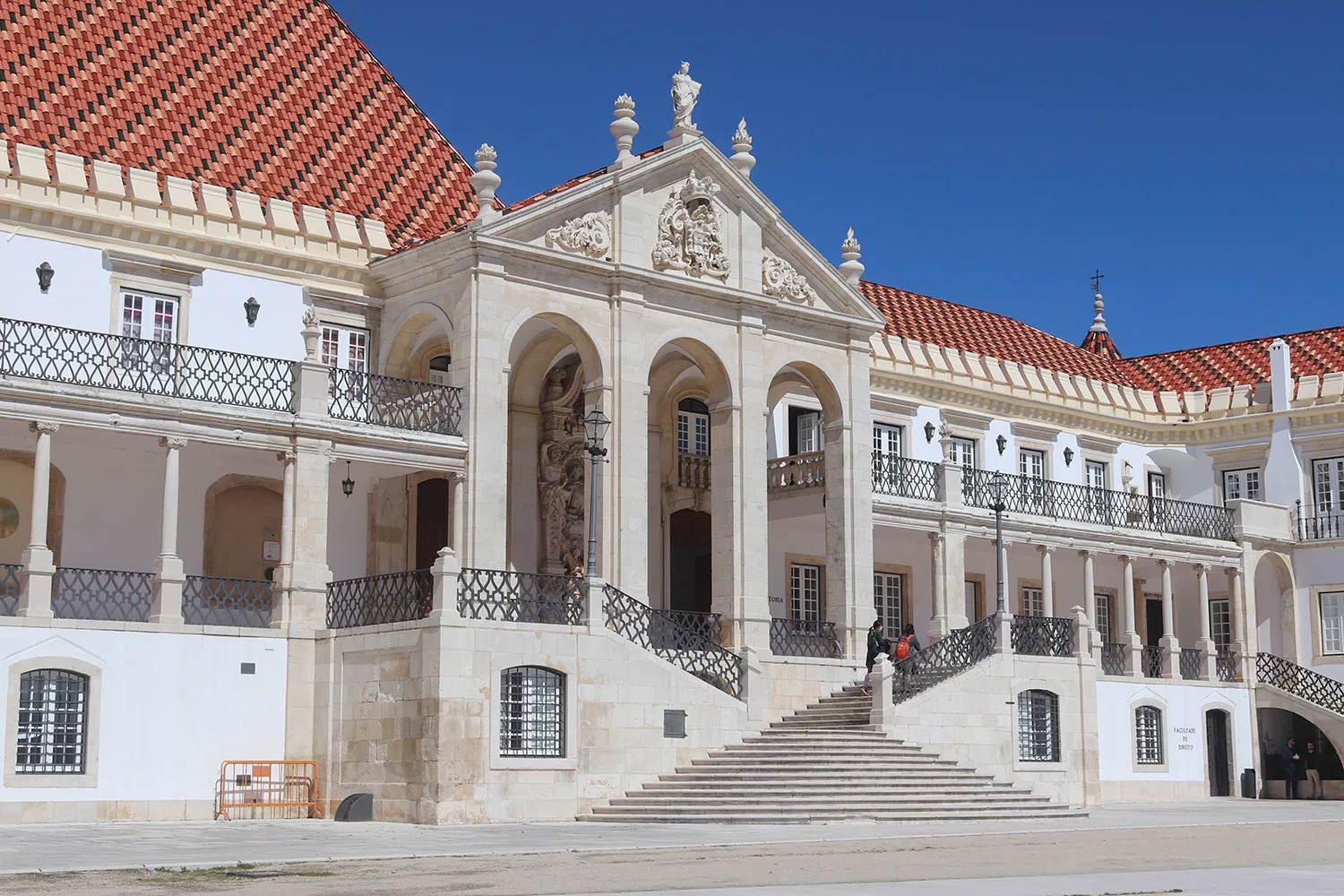
A big reason people go to Coimbra is to visit the University, which has been a dominating presence of Coimbra since the 16th century and is currently a UNESCO World Heritage Site. In particular the Joanina Library is a major highlight because of its baroque beauty. You’ll need to get a timed ticket for the library and the visit lasts 10 minutes – no photos allowed. I thought it was enough time to look in the library since you’re not allowed off the central aisle. You can see by the reviews that lots of people are shaken up by the “no photo” policy.
You can book your ticket online here to reserve a time slot for the library. The ticket office is at R. Inácio Duarte 1 which is an 8 minute walk from the library but note that it’s uphill and then downhill in both directions.
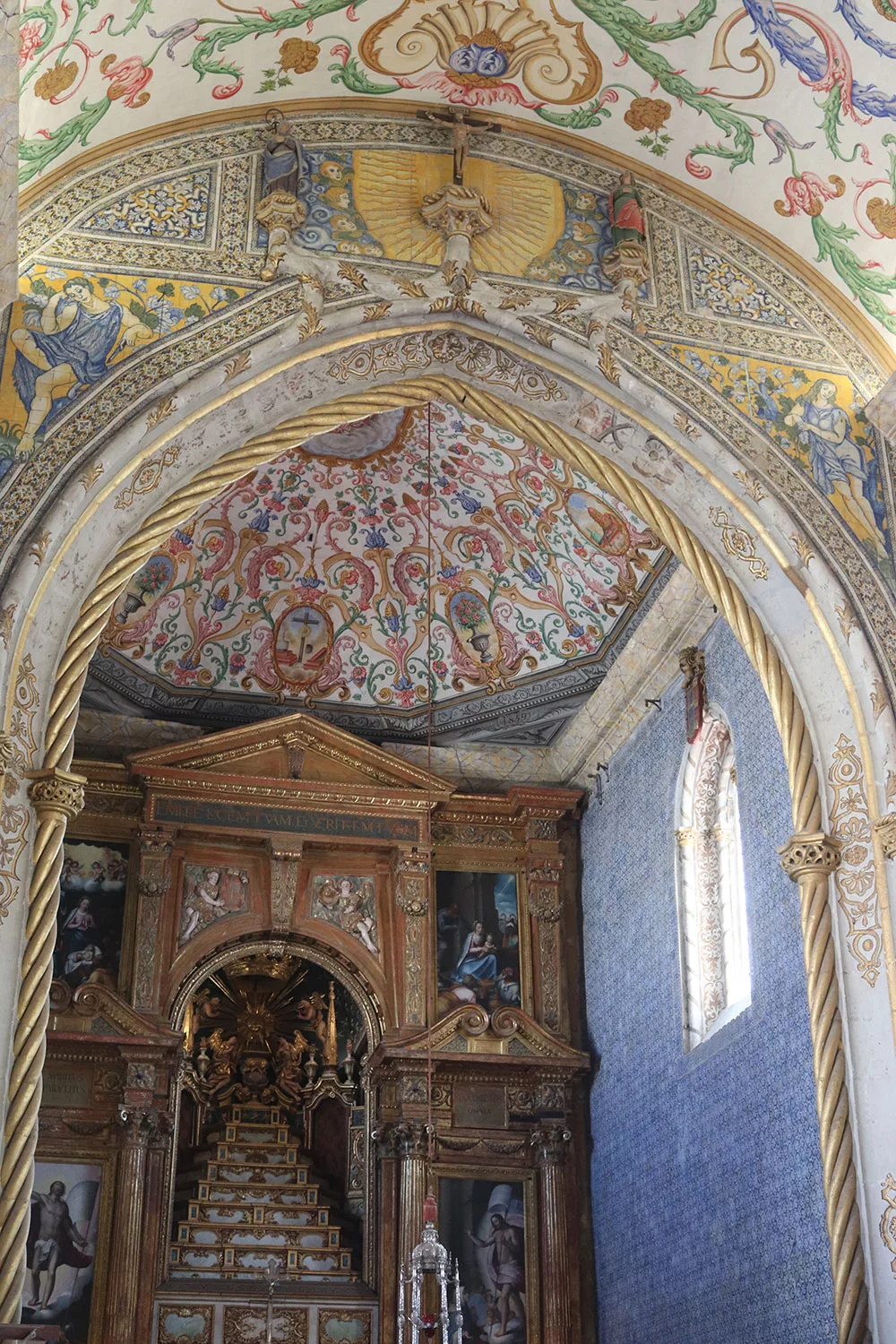
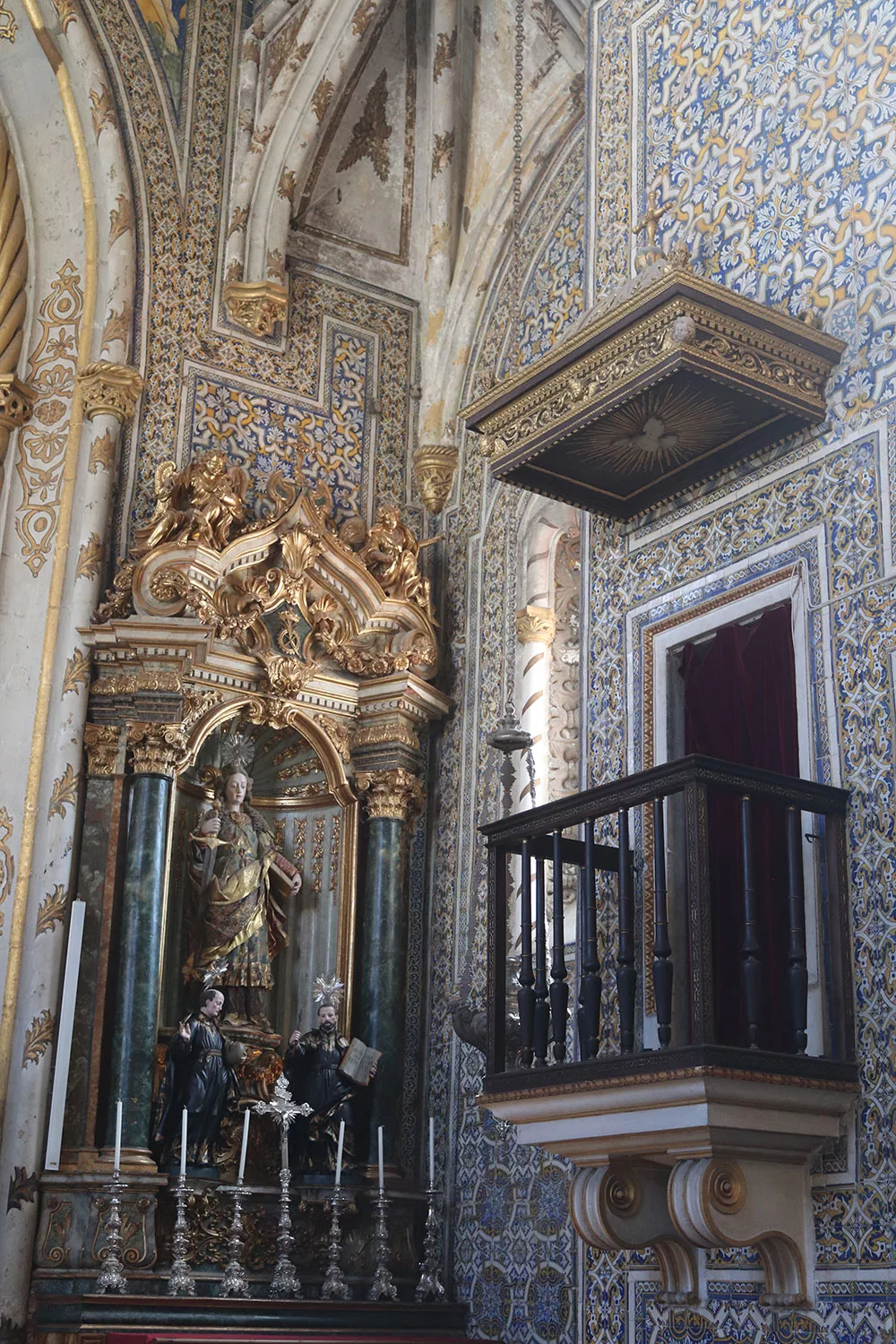

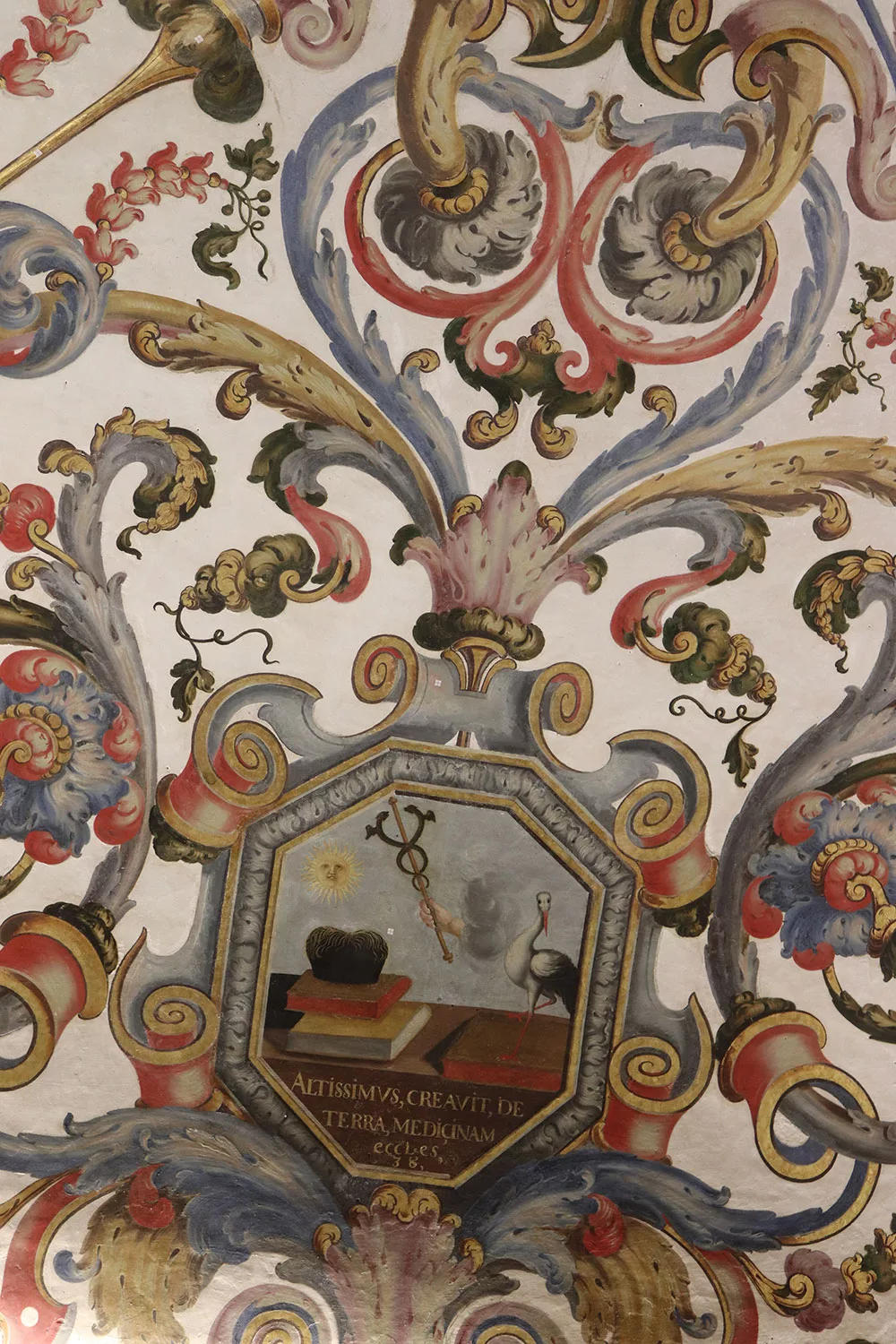
Included in your ticket is the Chapel of St Michael which is small but very beautiful. It also includes admission to the Royal Palace which is quite pretty and has some information about the history of the building. Coimbra had been a royal household starting in the early 12th century and then housed the University when it was moved here from Lisbon in the 16th century.
The ticket also includes admission to the the Chemistry Laboratory, the Cabinet of Curiosities and the Academic Museum but I didn’t visit either of those for lack of interest. At the time of writing, the ticket is about 17 euros, which is a bit steep if you want to visit only the library. I do recommend having a look at the chapel and palace as well, though.
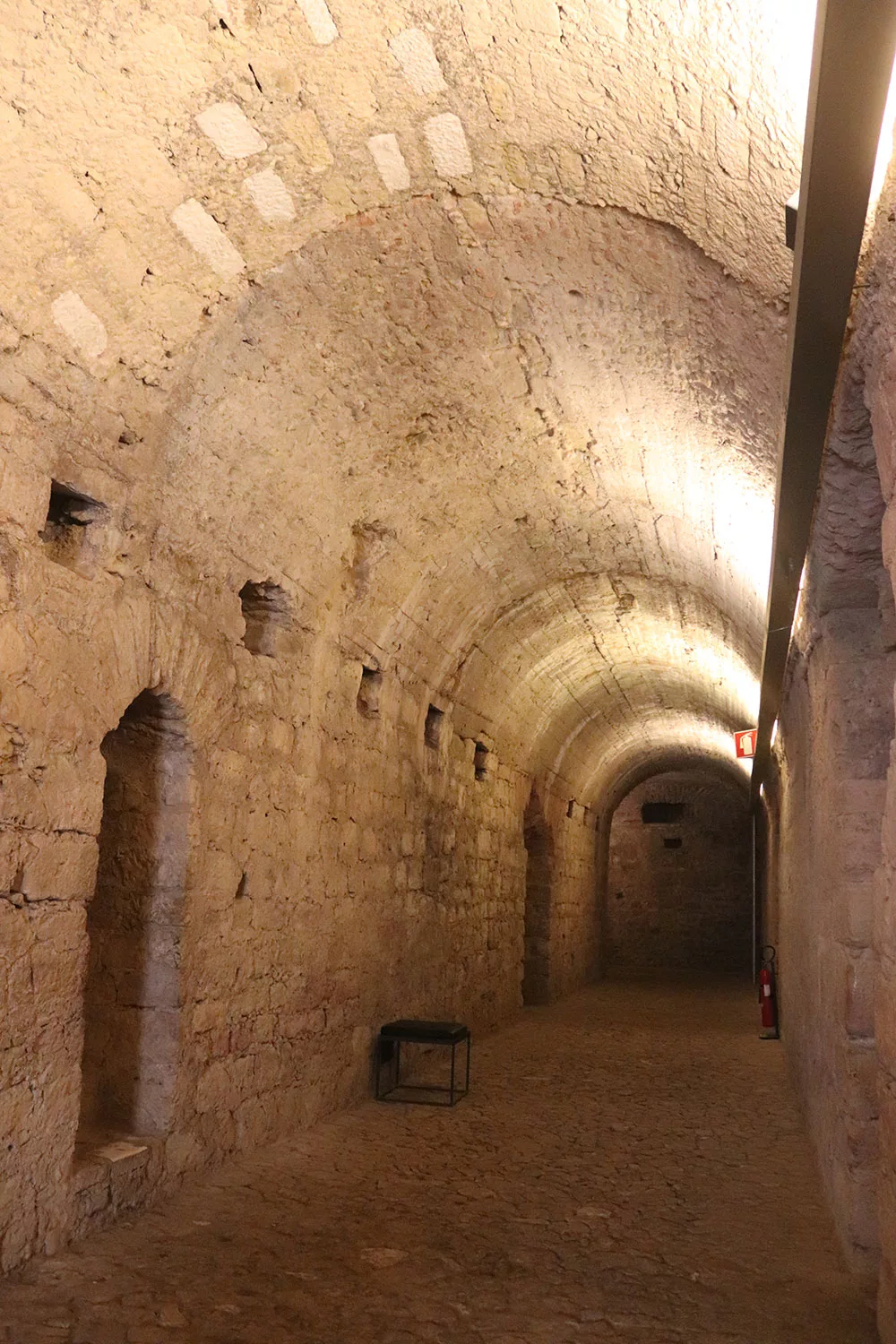

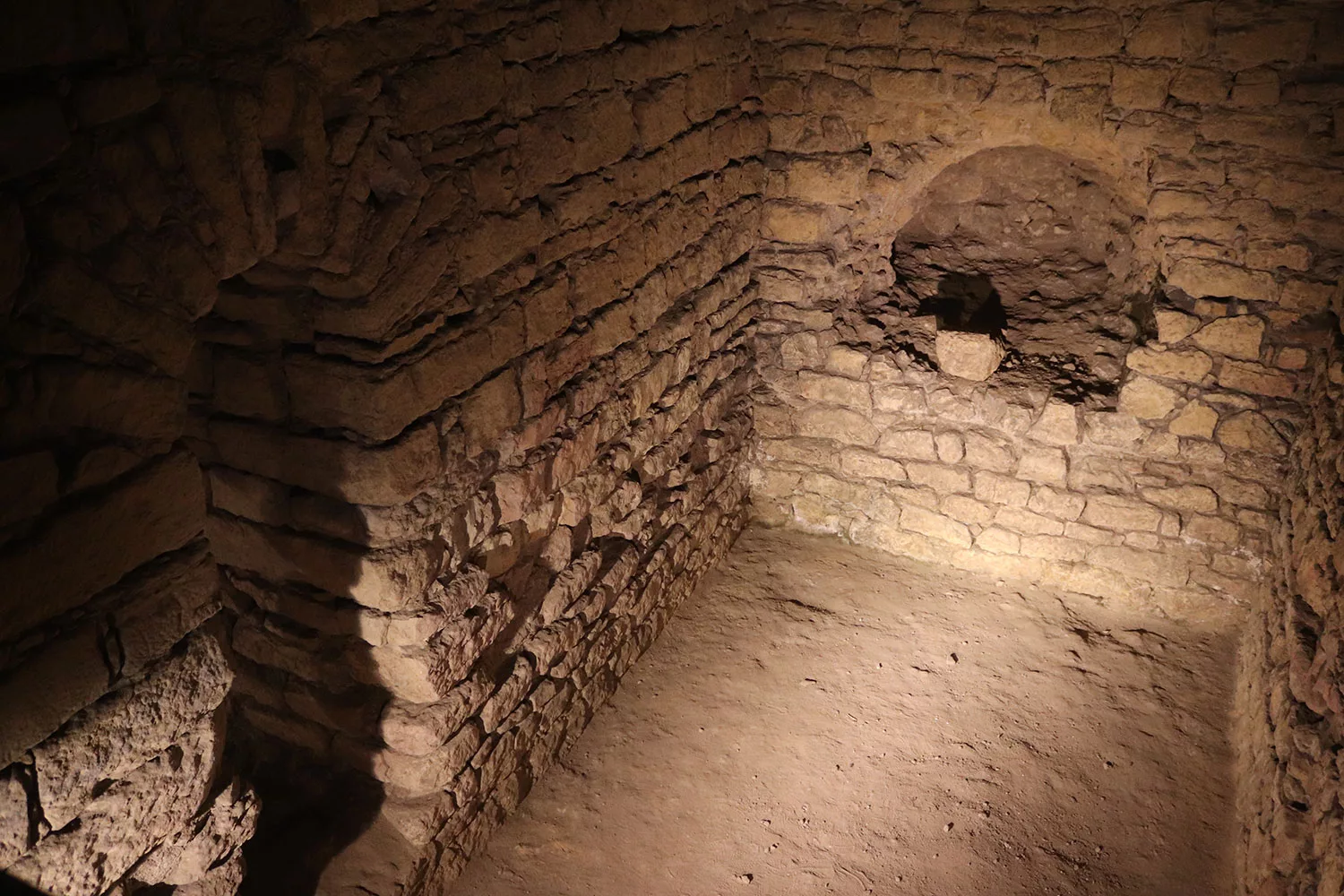
However, my favorite part of Coimbra was actually my visit to the Museum Machado de Castro. The name is a bit misleading since Machado de Castro was a Portuguese sculptor but the museum isn’t actually of his works. It has a collection of art (mostly religious) from Coimbra and the surrounding areas.
However the main draw is the Cryptoporticus which is the ancient Roman forum that’s underneath the museum. You can buy a ticket just for the forum or for the forum and the art museum combined. It’s quite large and you can see where the ancient Roman politicians would have their “offices” and where vendors set up shop. When you see a small room with an oven (pictured), look up – you can see some black soot which dates back thousands of years!
Don’t forget to ask the guides there for more information because they’re very knowledgeable. The Cryptoporticus is often overshadowed by the University but I actually thought it was much cooler.
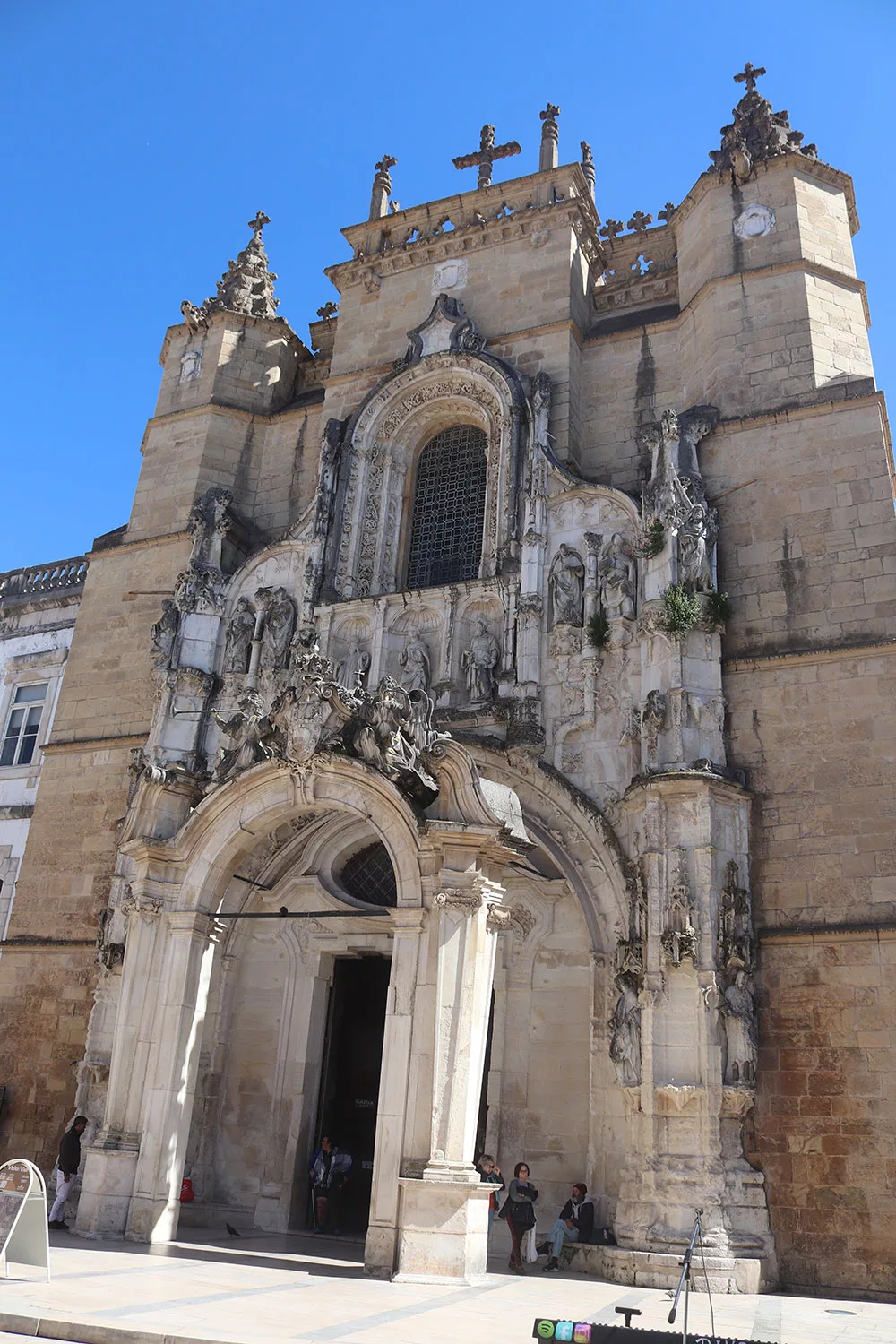
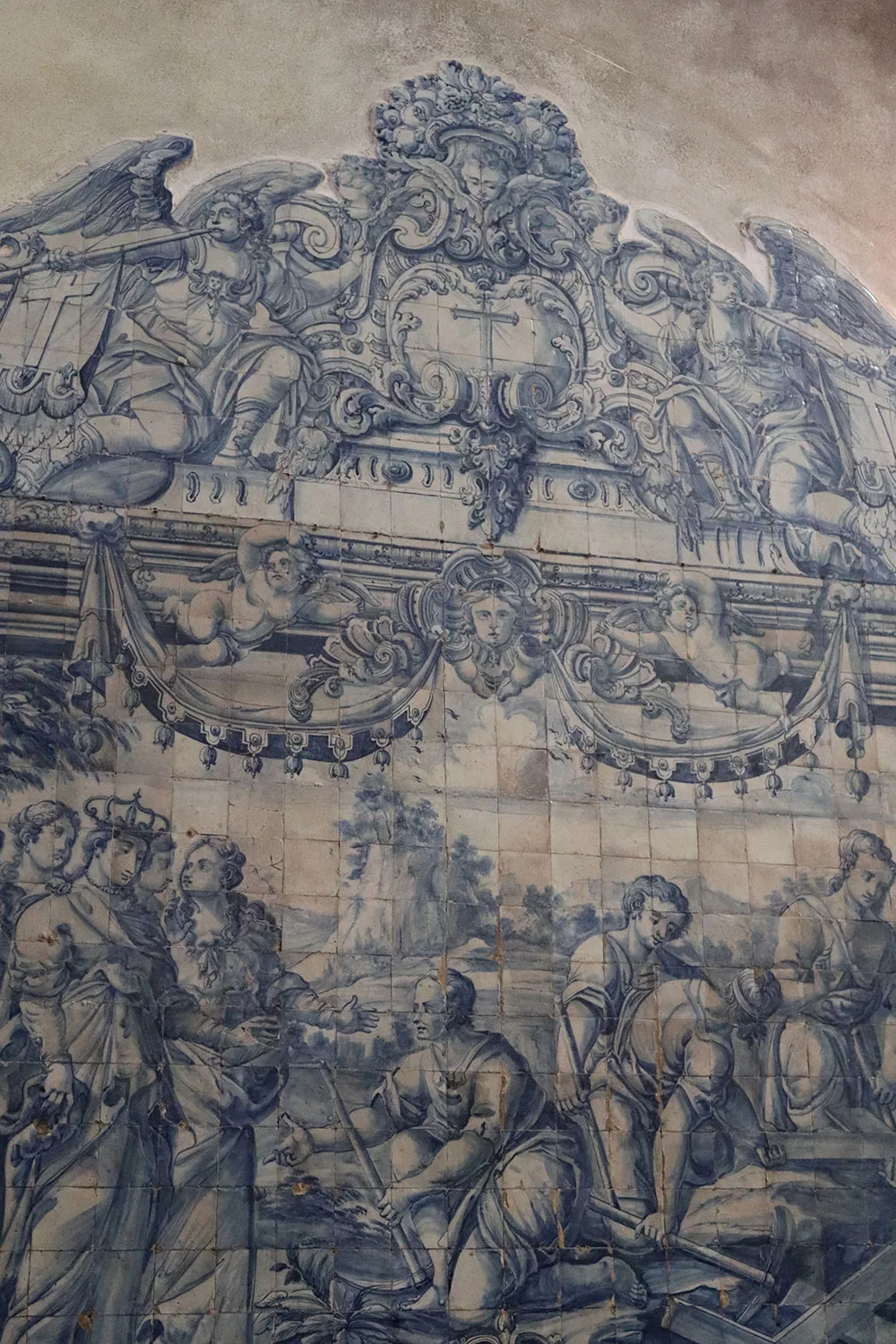
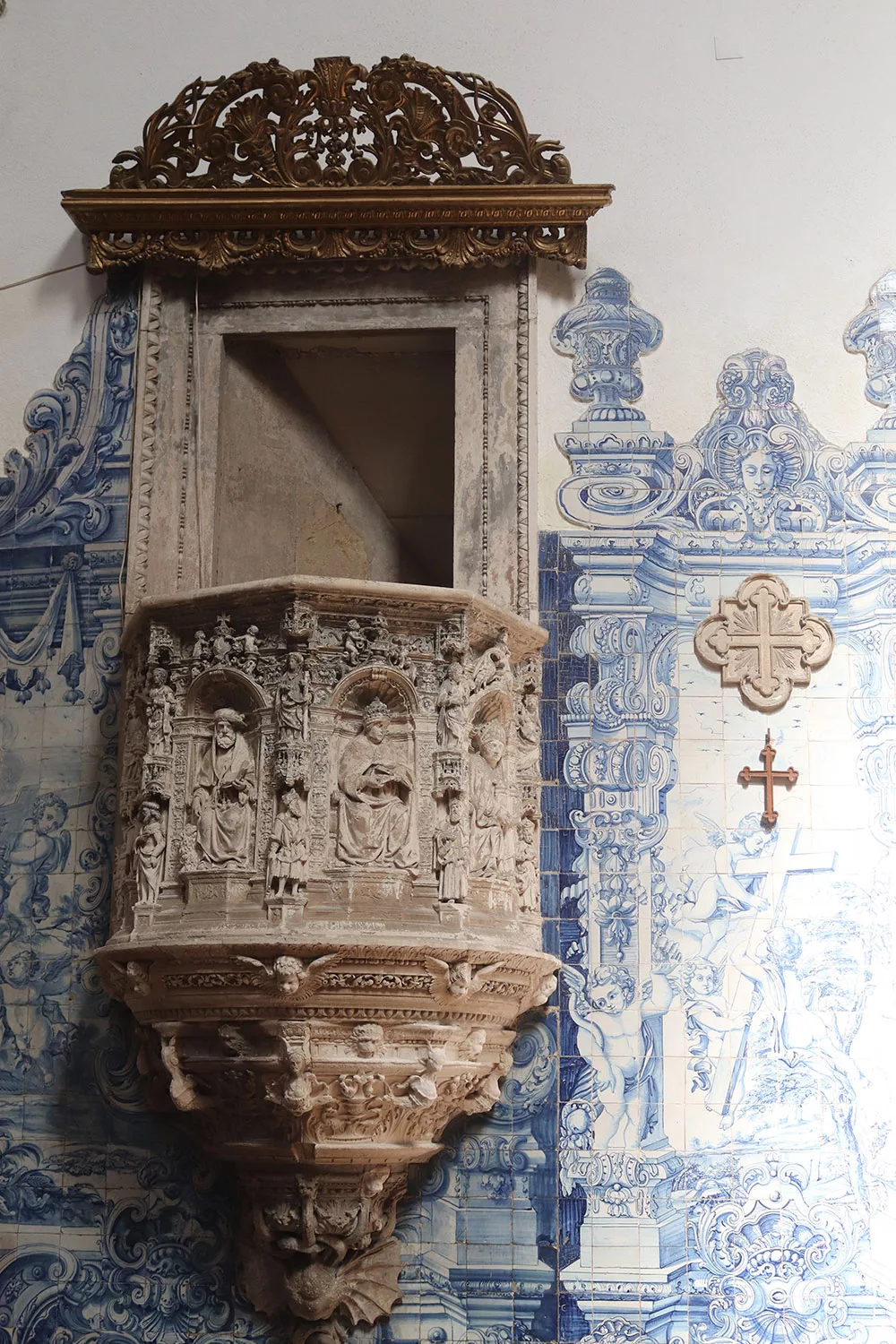
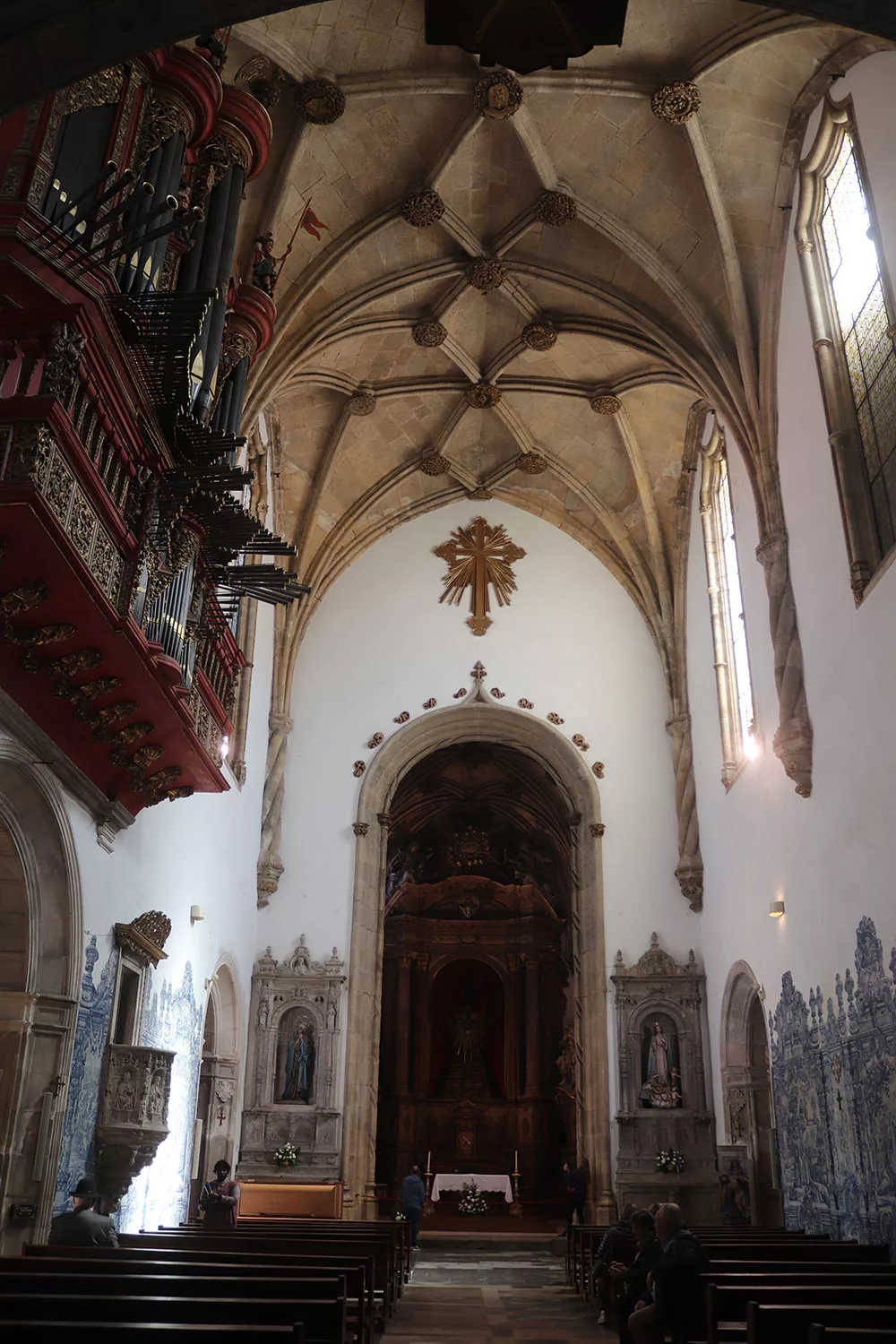
The Santa Cruz Church off Praca 8 de Maio is quite pretty with its beautiful tiles. I wrote down the church and didn’t even know there was a Santa Cruz Monastery to see at an additional fee, which also looks gorgeous. Ugh. The reason I write a travel blog is to help people learn from my mistakes!
I noted to visit Cafe Santa Cruz for their Cruzio sweets but unfortunately completely forgot. They also have fado performances.
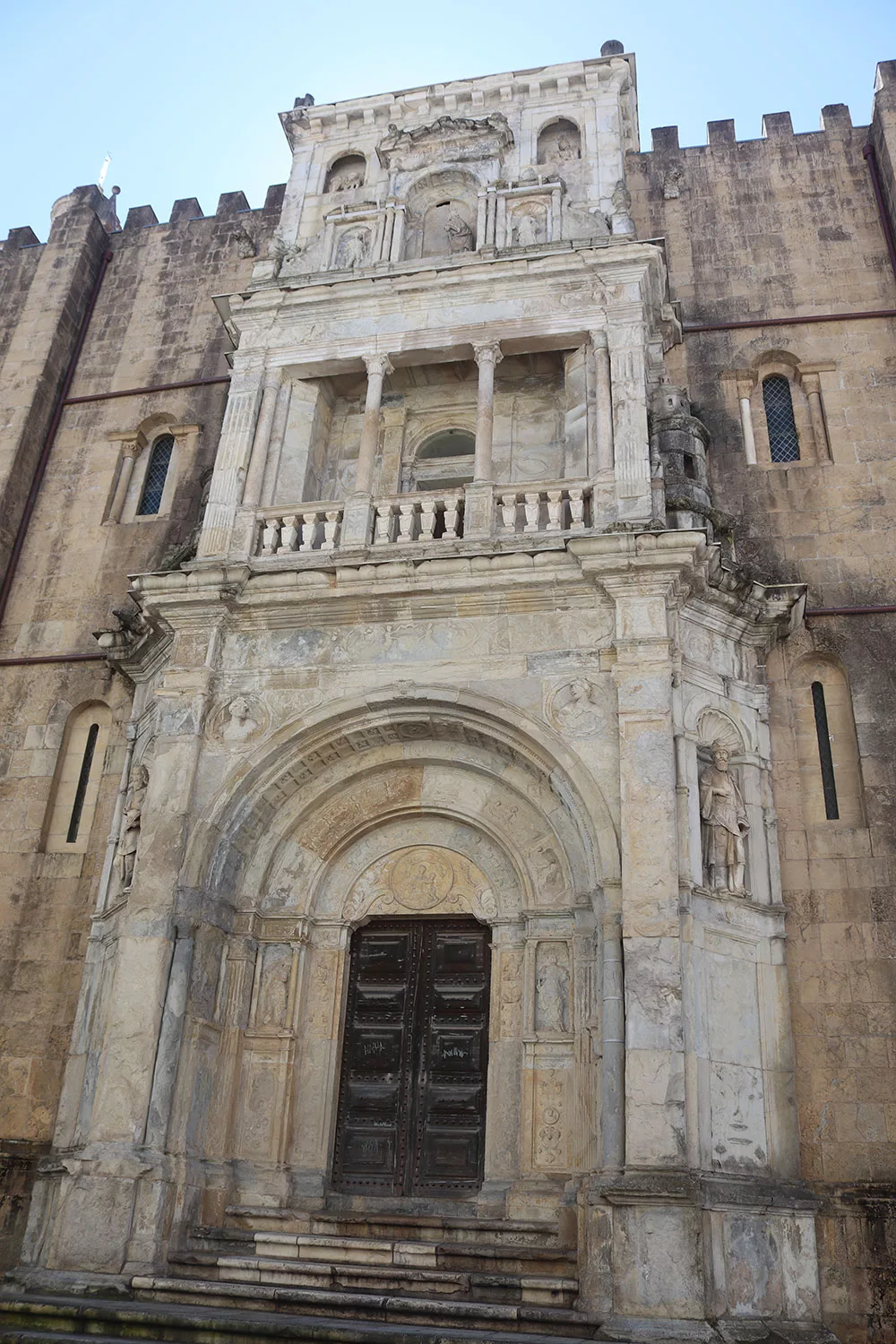
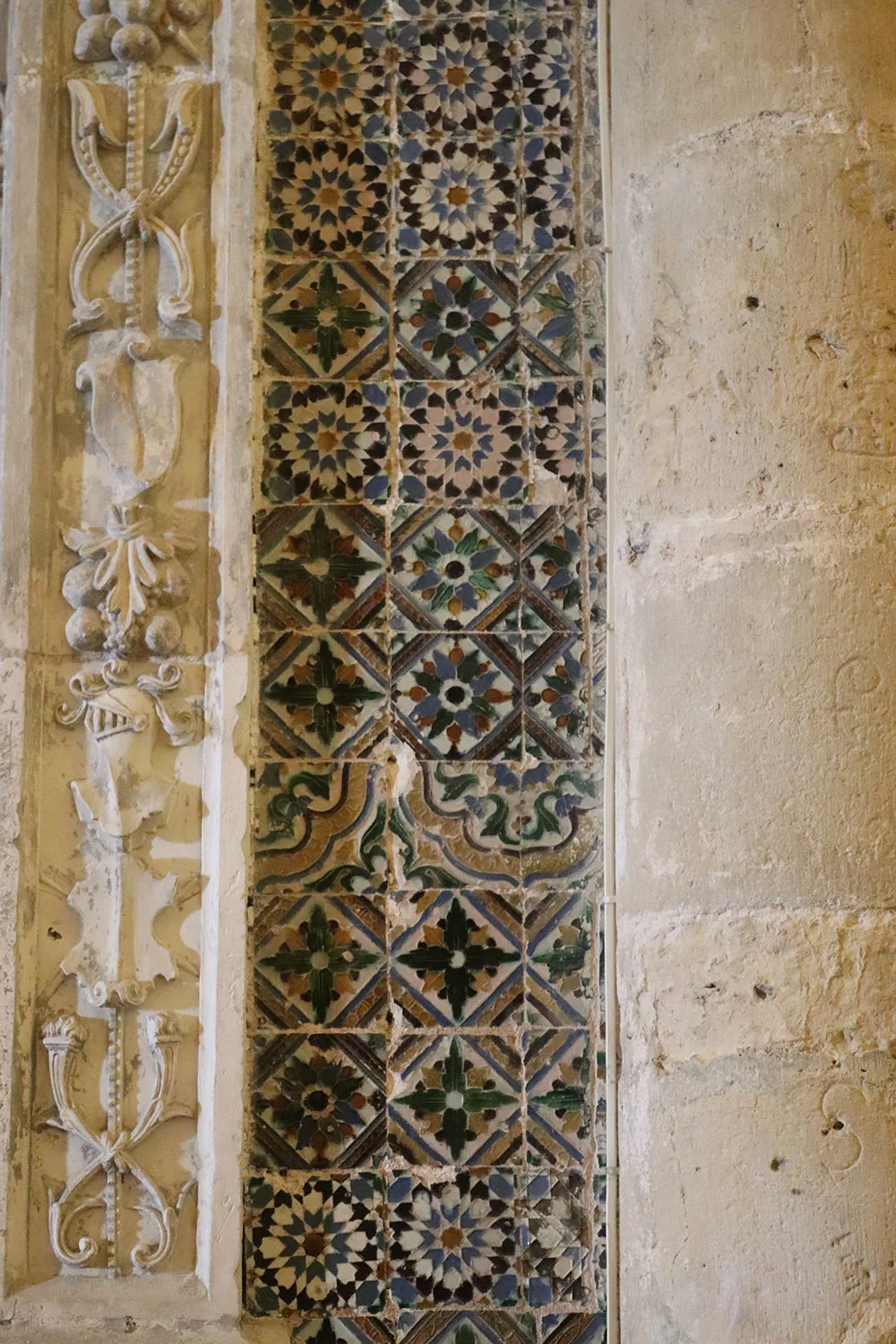
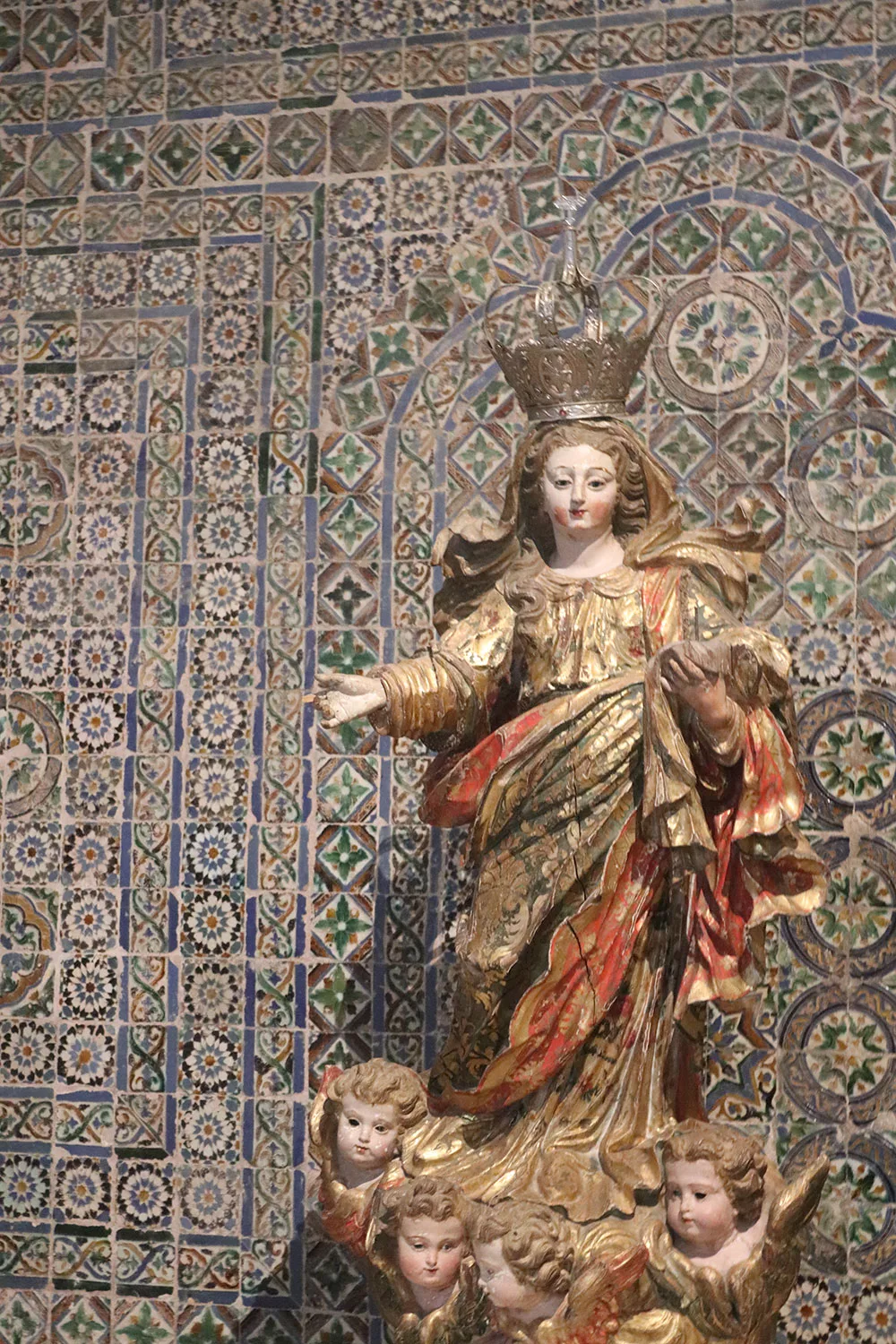
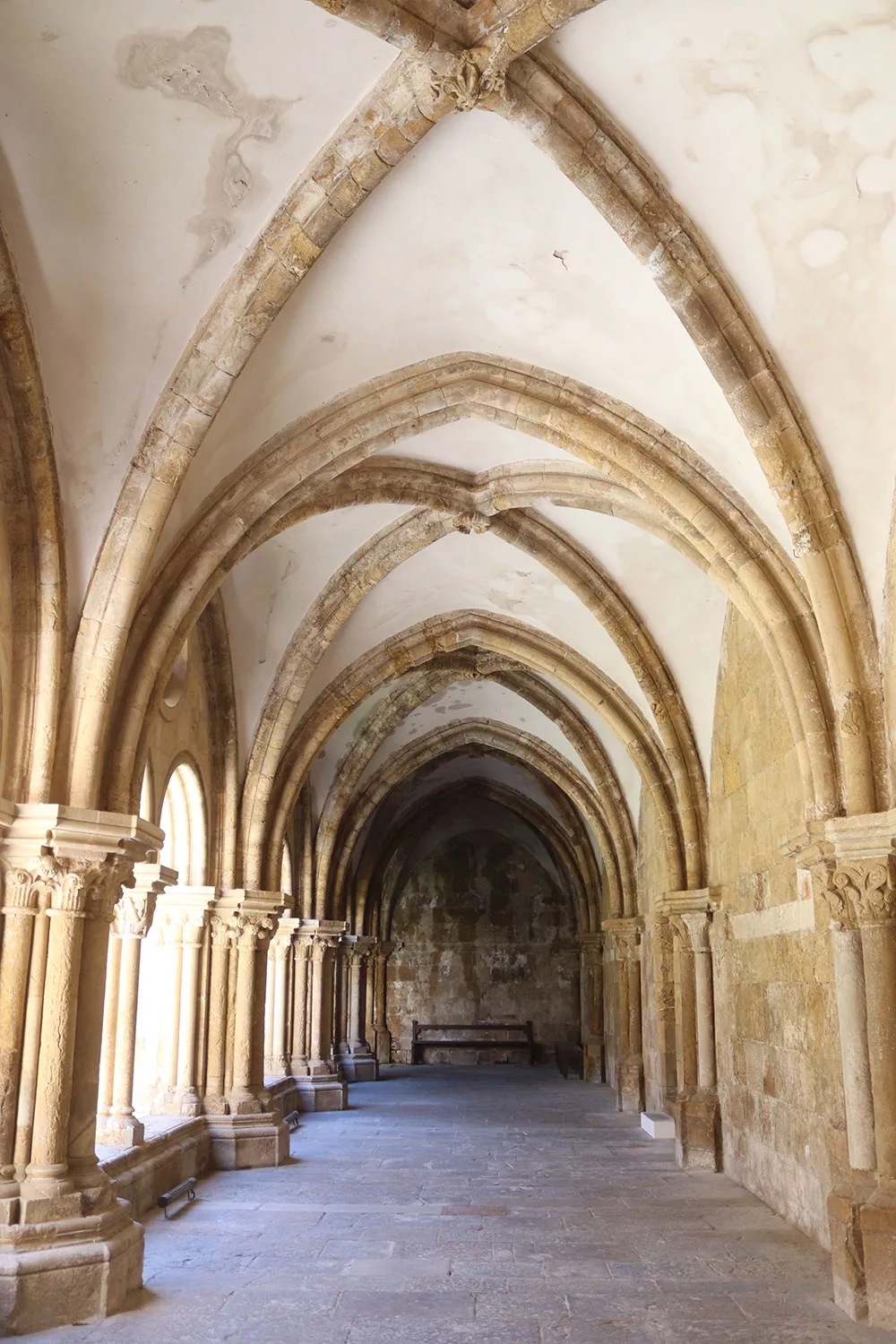
A big highlight of the city was seeing Se Velha or the Old Cathedral. It is very old indeed, dating all the way back to the 12th century! It does also have cloisters that I did get to see. It looks simple in pictures but it is quite beautiful in person. There is Se Nova or the New Cathedral which is by the University, but I didn’t visit.
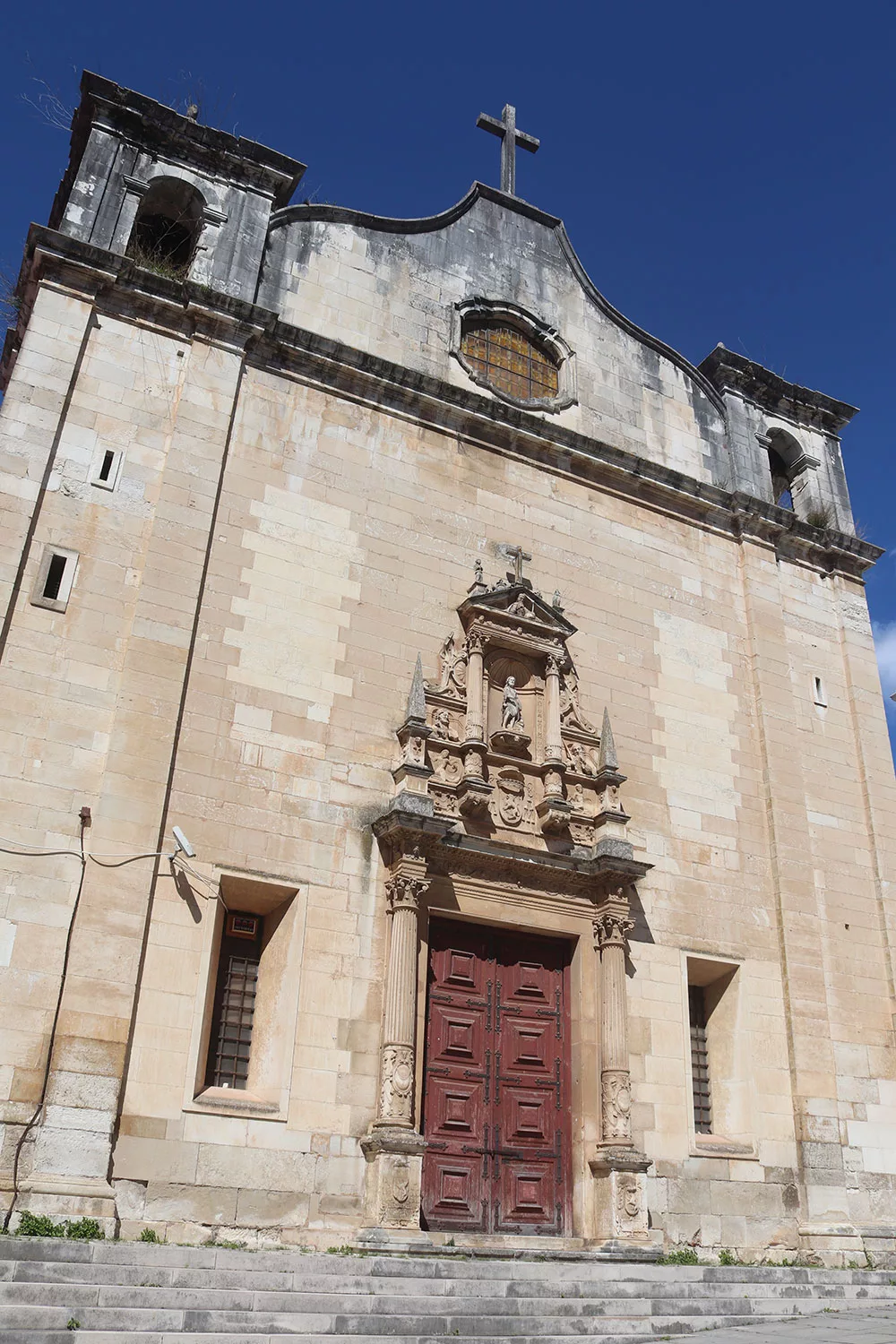
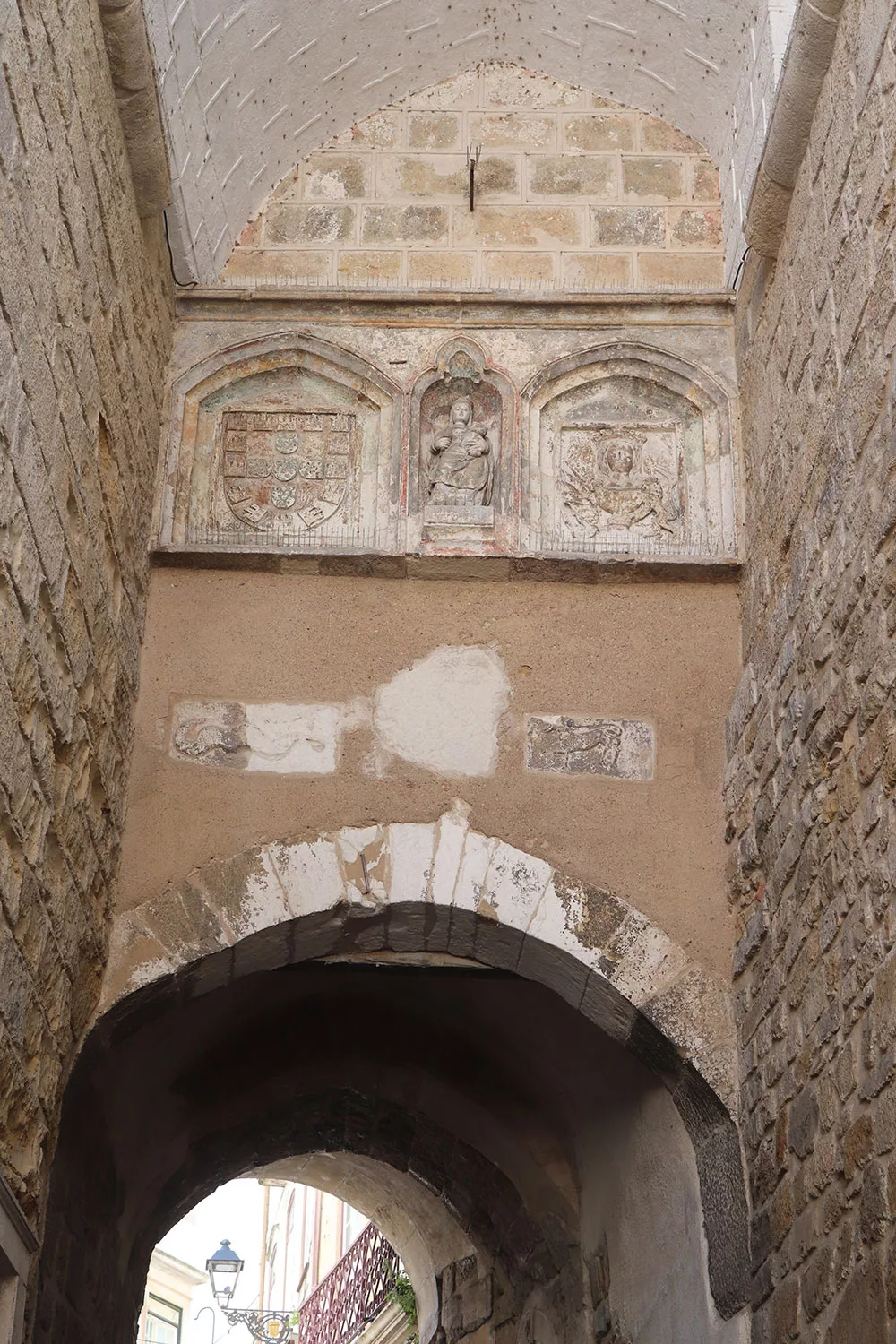
As you walk through the hilled streets of Coimbra, there’s lots more to see in the way of churches that were closed when I visited and may not be open to the public. There are also lots of architectural marks from the city’s medieval past. There’s the Sub-Ripas Palace which is not open to the public but you can admire it from the outside. Then you also have the Barbican Gate and the Almadena Arch. Be sure to look at the walls to see what medieval ornamentation you can find.
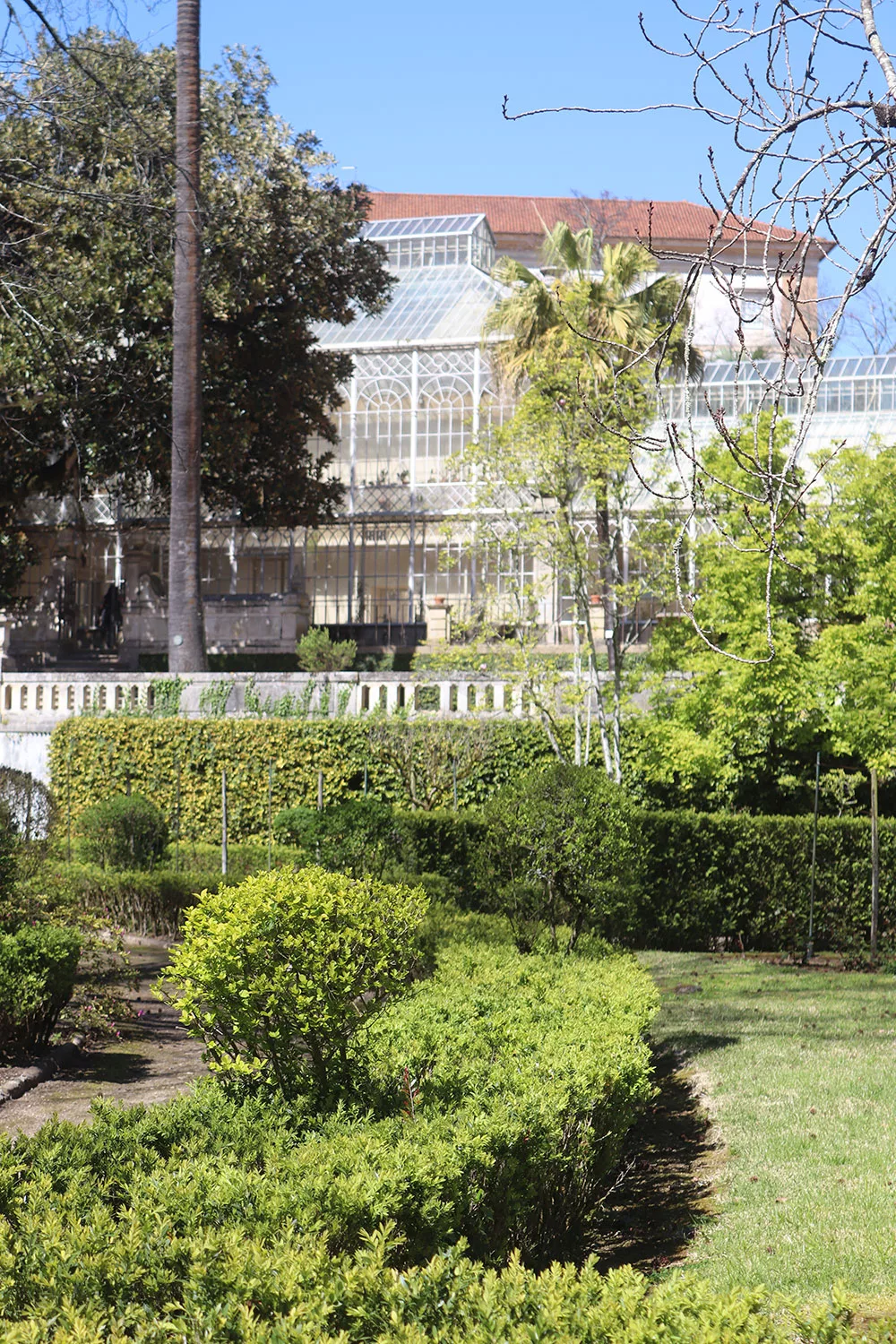
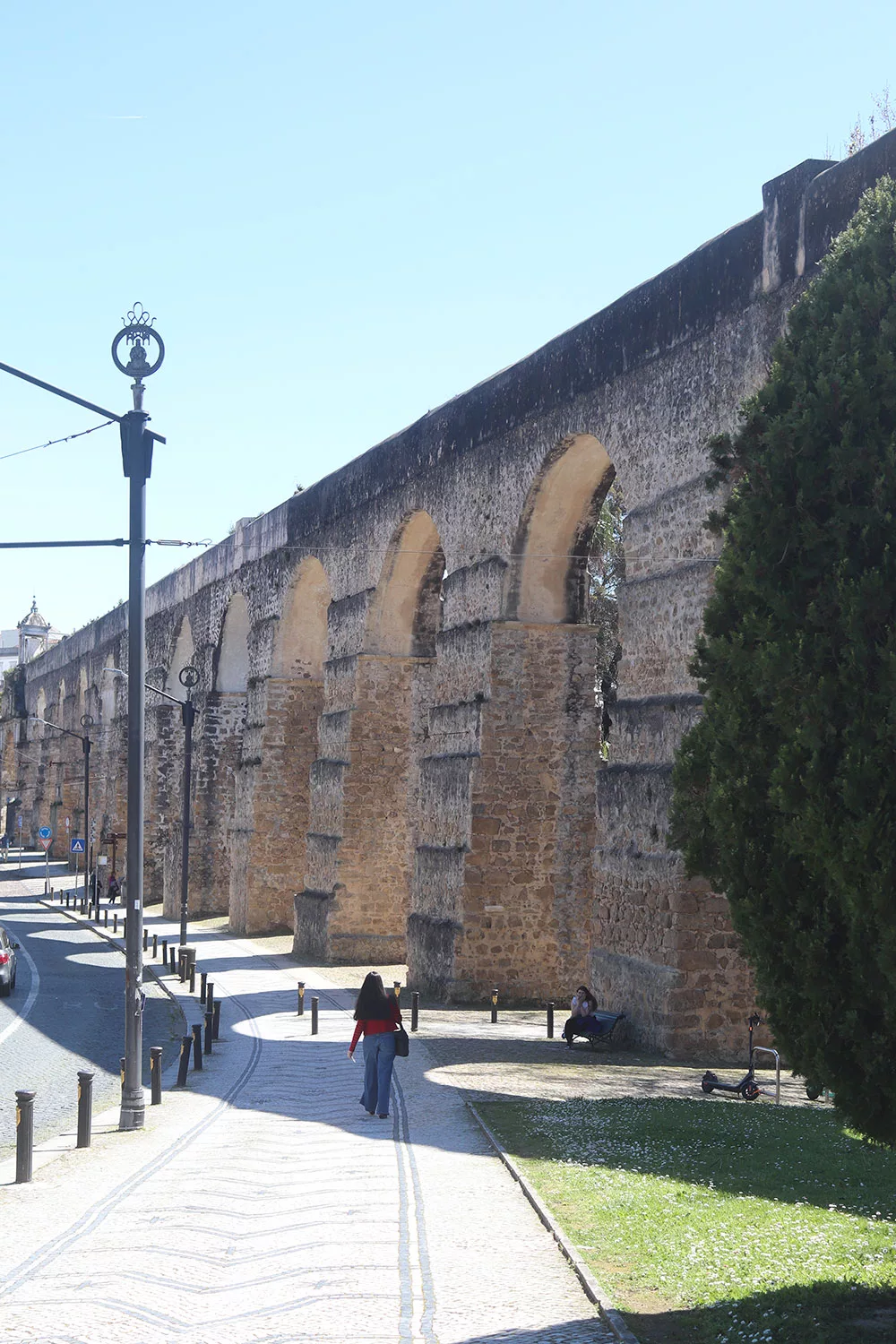
Also be sure to stop by the relaxing Botanical Gardens – just starting to wake up when I visited in March, and the nearby Aqueduct. It is a 16th century reconstruction of the ancient Roman aqueduct.
There is also the Edificio Chiado which lies hidden in plain sight off a main street. It’s a small art museum that was free when I visited. Their collection was quite small but I loved that it focused on the 19th century, one of my favorite periods of art. Unfortunately their painting section was under construction. That definitely had a lot more I wish I could’ve seen.
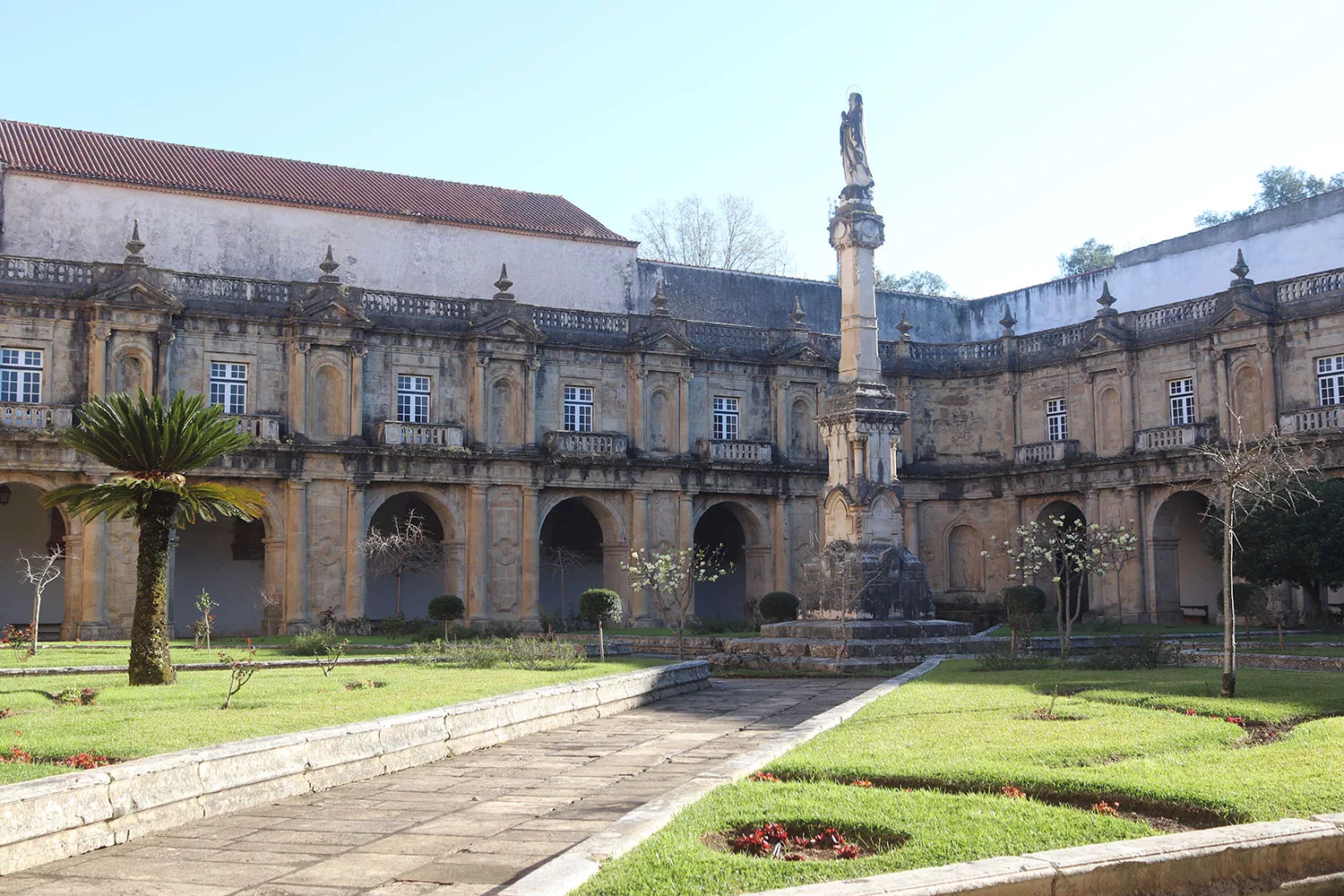
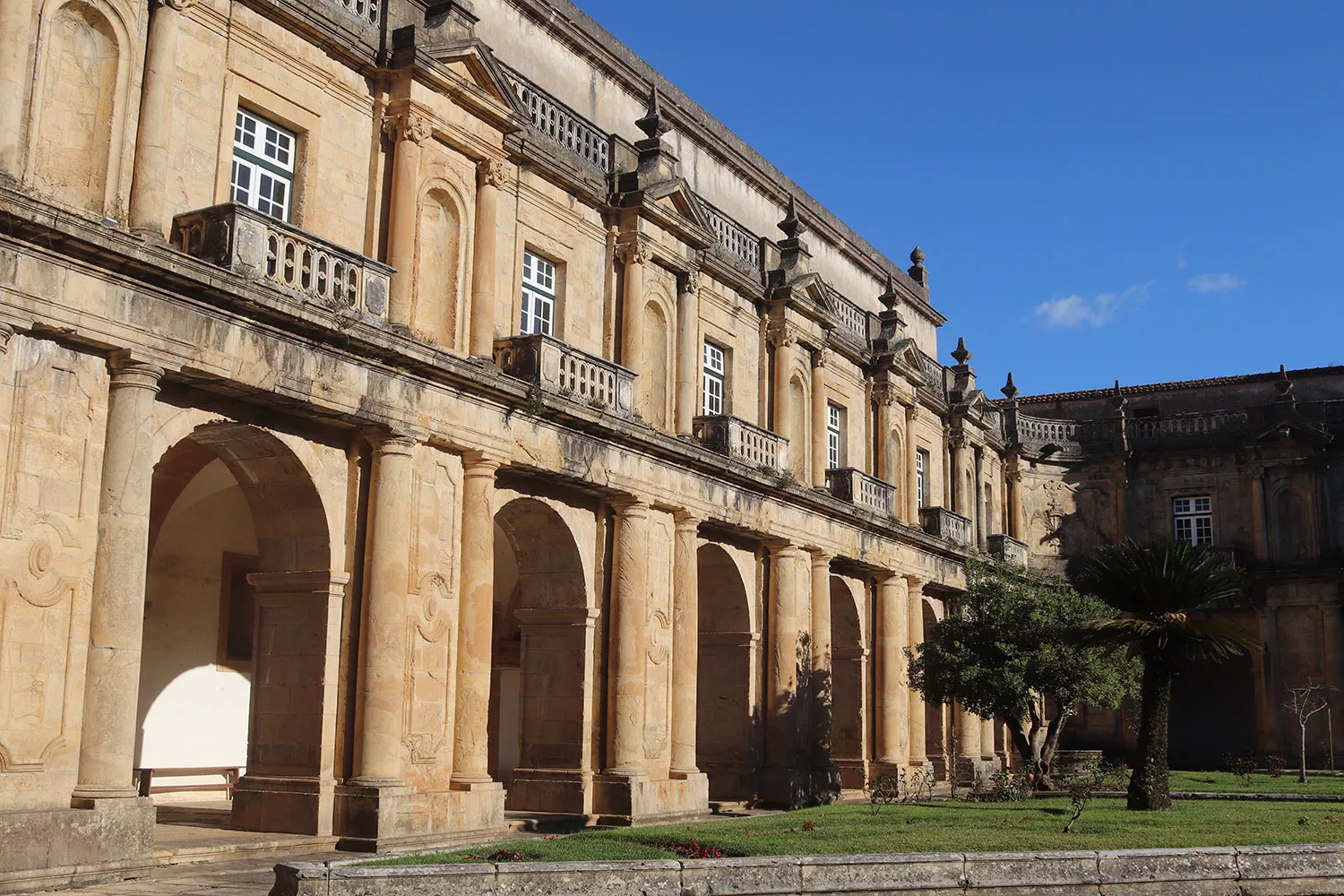
Another highlight is across the river and up yet another strenuous hill – Santa Clara-a-Nova Monastery. It dates a bit later to the 17th century but it is absolutely gorgeous. There’s a guided tour that costs 5 euros and you get access to two additional rooms in the monastery. I highly recommend this tour because it is very informative, and the rooms have gorgeous pieces. It should take about half an hour.
You can see Santa Clara-a-Velha Monastery across the street. It was abandoned and fell into ruin but you can still visit to see some of the interior architectural detail. Unfortunately I had run out of time in Coimbra so I didn’t get to see it.
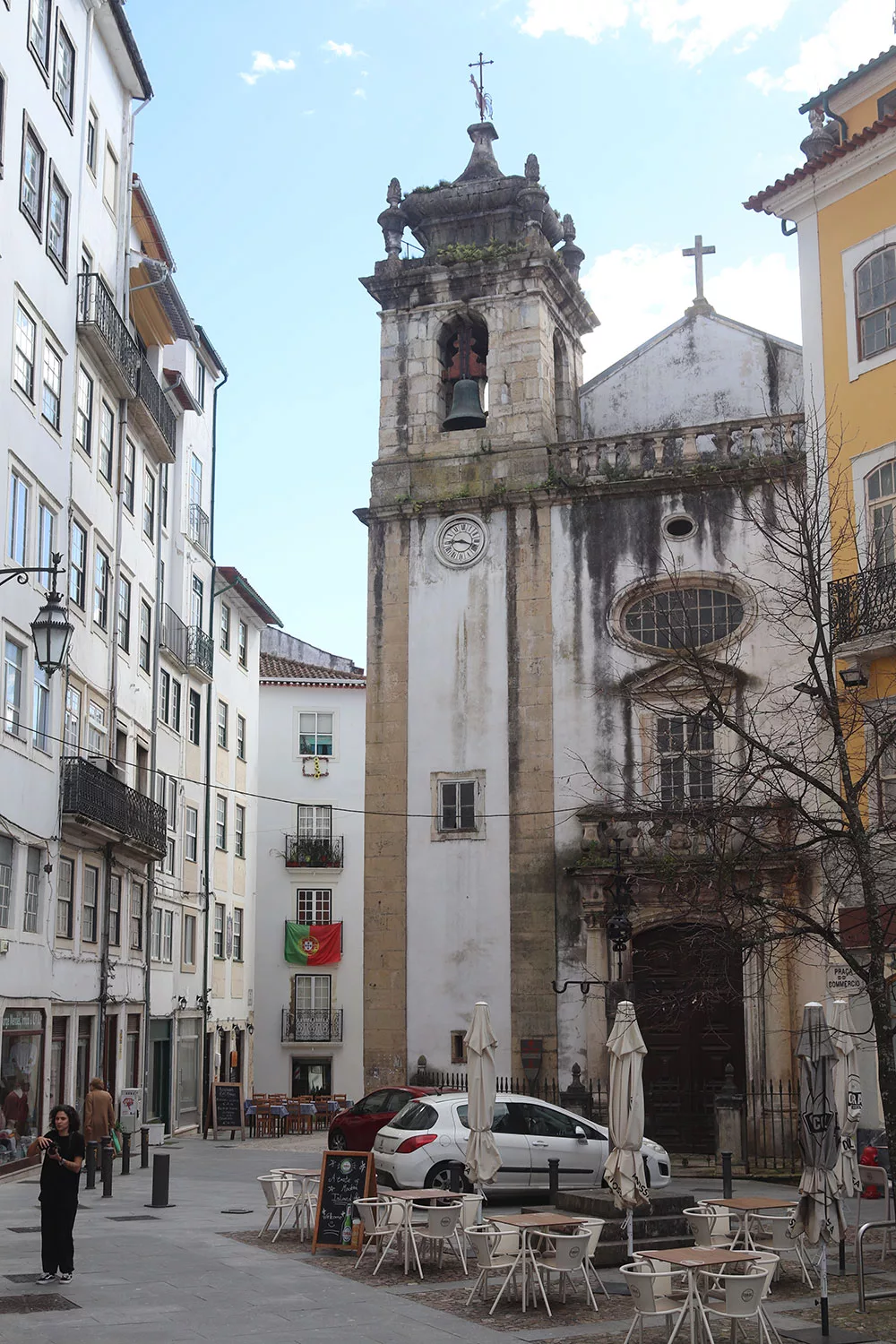
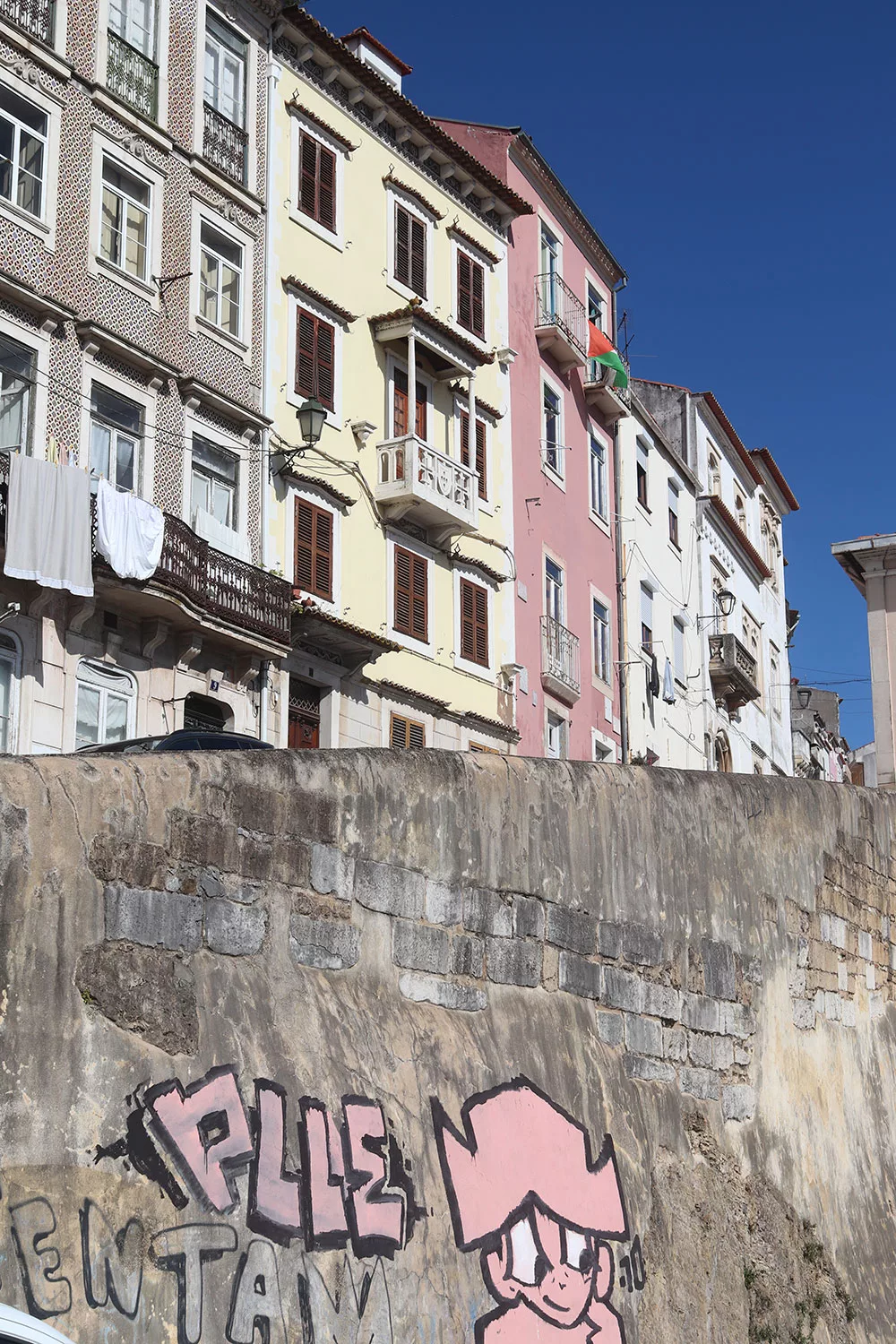
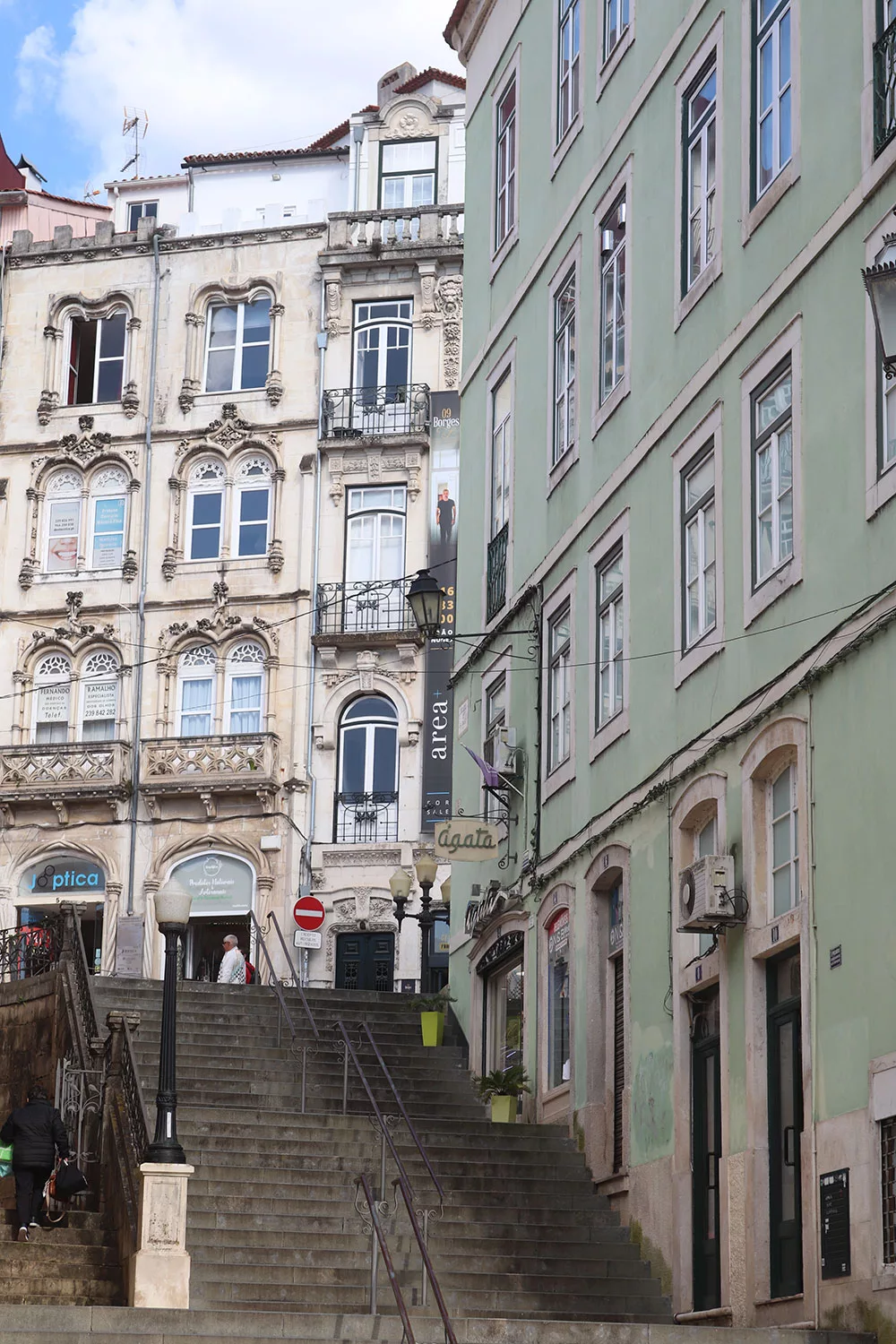
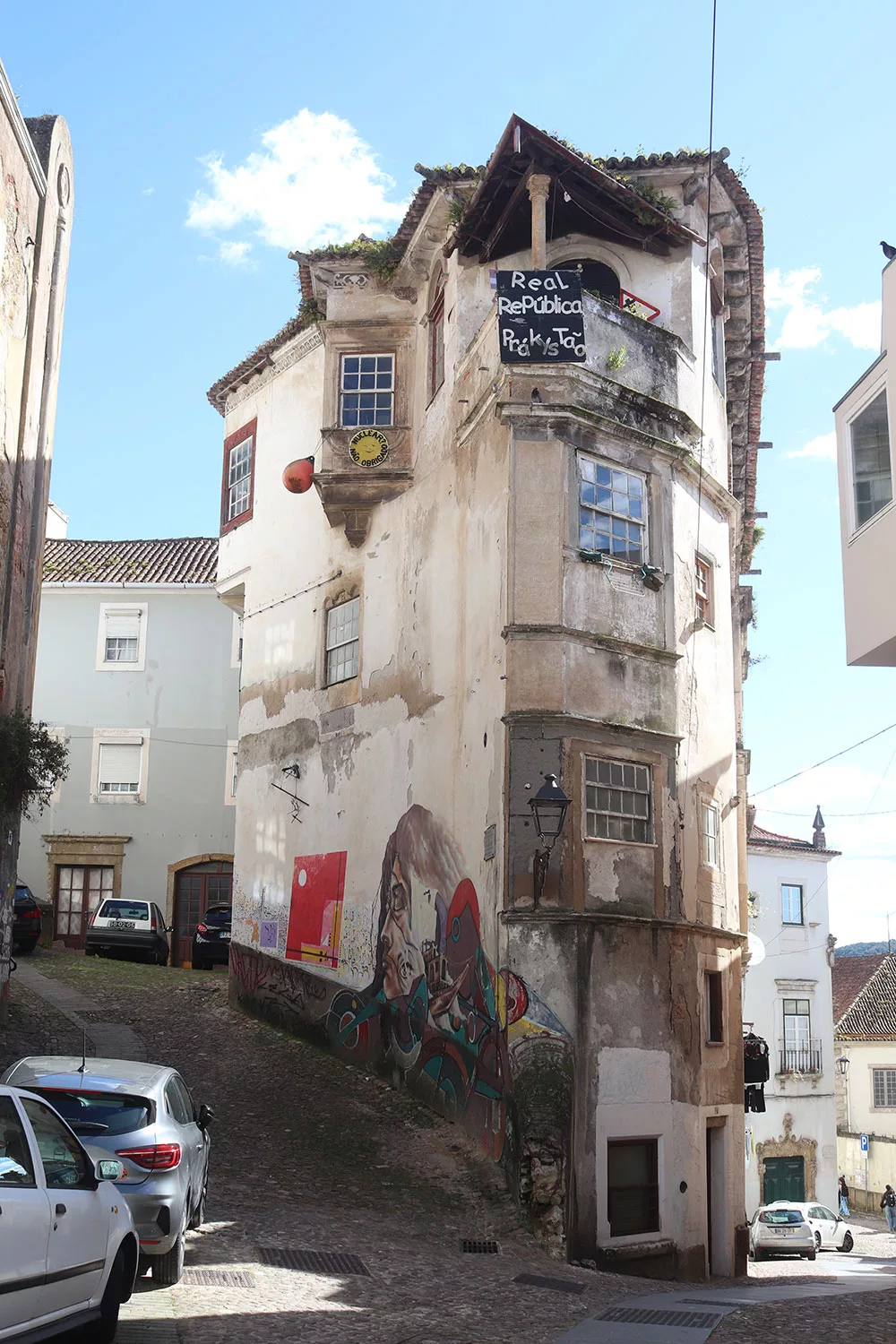
I did a day trip from Lisbon and I have to say it was quite rushed. There was also some stuff I didn’t get to see. I explored everything open to close and ate a pastel de nata for lunch, so it was not a very relaxed visit. If you are interested in seeing a majority of what Coimbra has to offer then I recommend staying overnight.
Also note that Coimbra is super hilly. It is a giant hill on both sides of the river. They do have a public transport system but I found that it 1) didn’t run as often and 2) did not present itself on any of my transit apps. Apple maps, Maps.me, Moovit – they all came up with nothing. In this age of technology it’s very time consuming to find all the stop locations, listed only by name, on your own map to find where you need to go. I waited twice for buses that never came, so… I’m no expert on their transit system but just be warned you may have to replace buses with a lot of uphill walking.
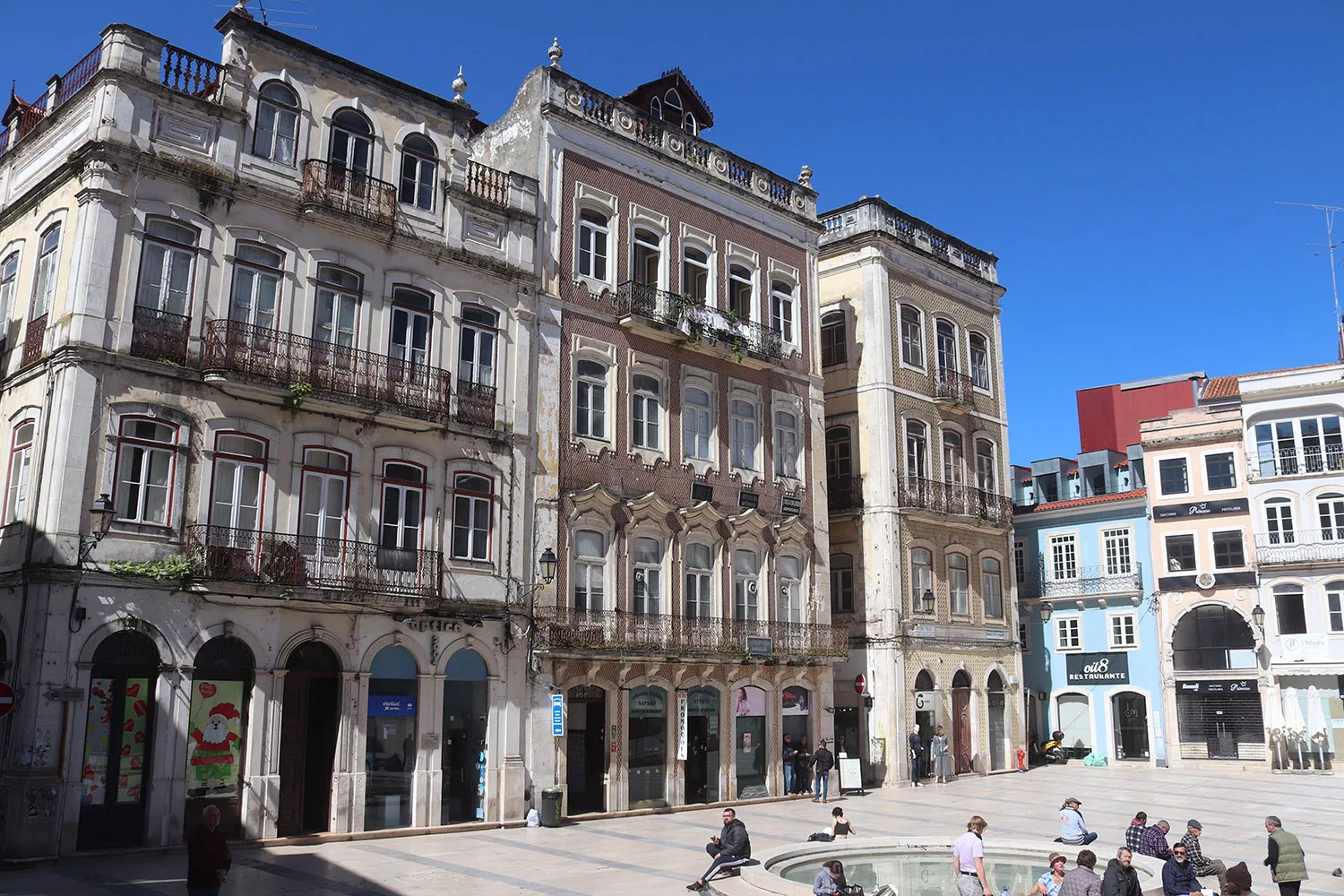
Coimbra is such a lively place with a lot of history and sights to see. Even though it has Roman origins, it really is a gem of a medieval city. I can’t recommend a visit enough, whether it be overnight or a quick trip to see some of the city’s highlights.
Book an Organised Tour
Book Your Stay in Coimbra
About the Author
My name's Lilly and I'm a Baltimore-based travel blogger with a focus on art and history. I work full time and manage to get in several trips a year. Learn more about me.Tags: coimbra, europe, portugal













